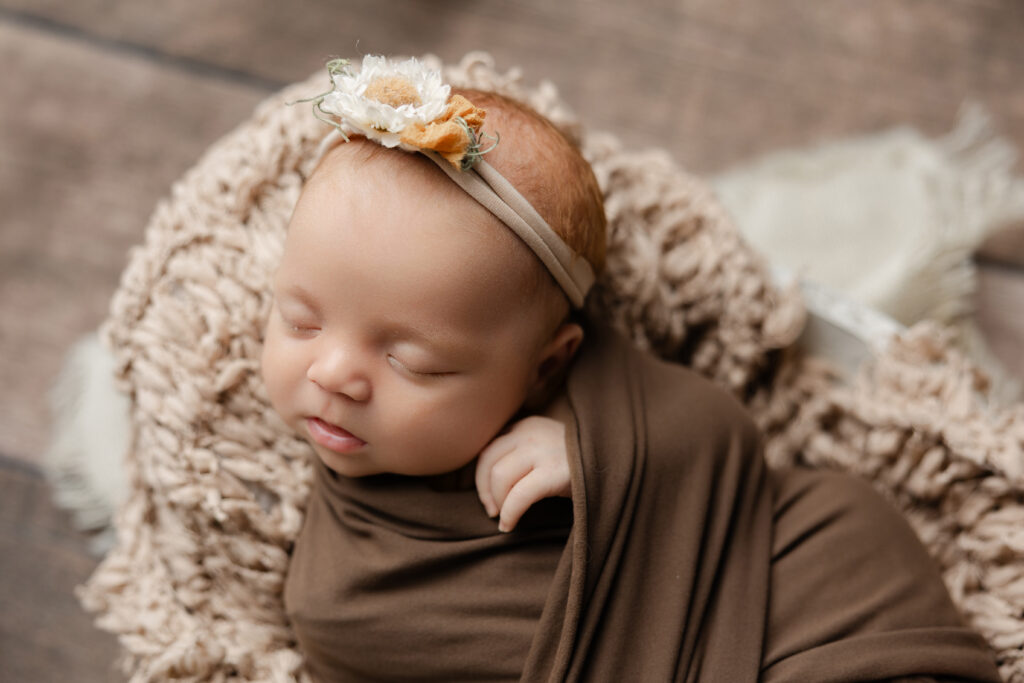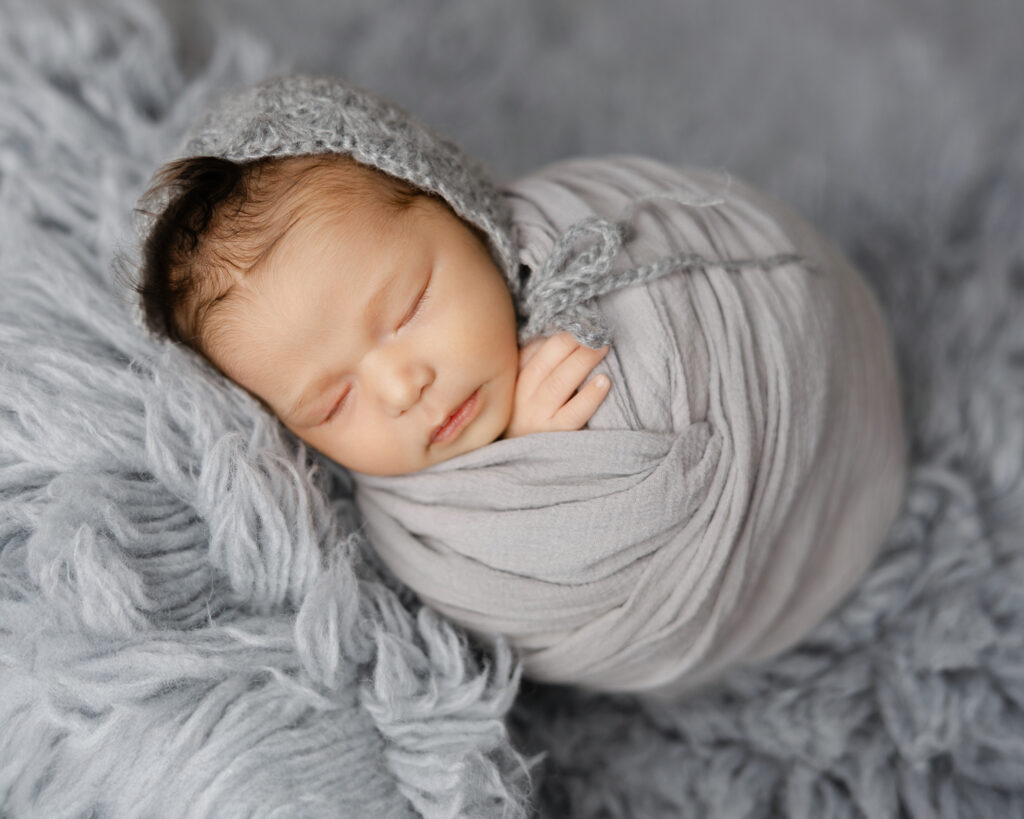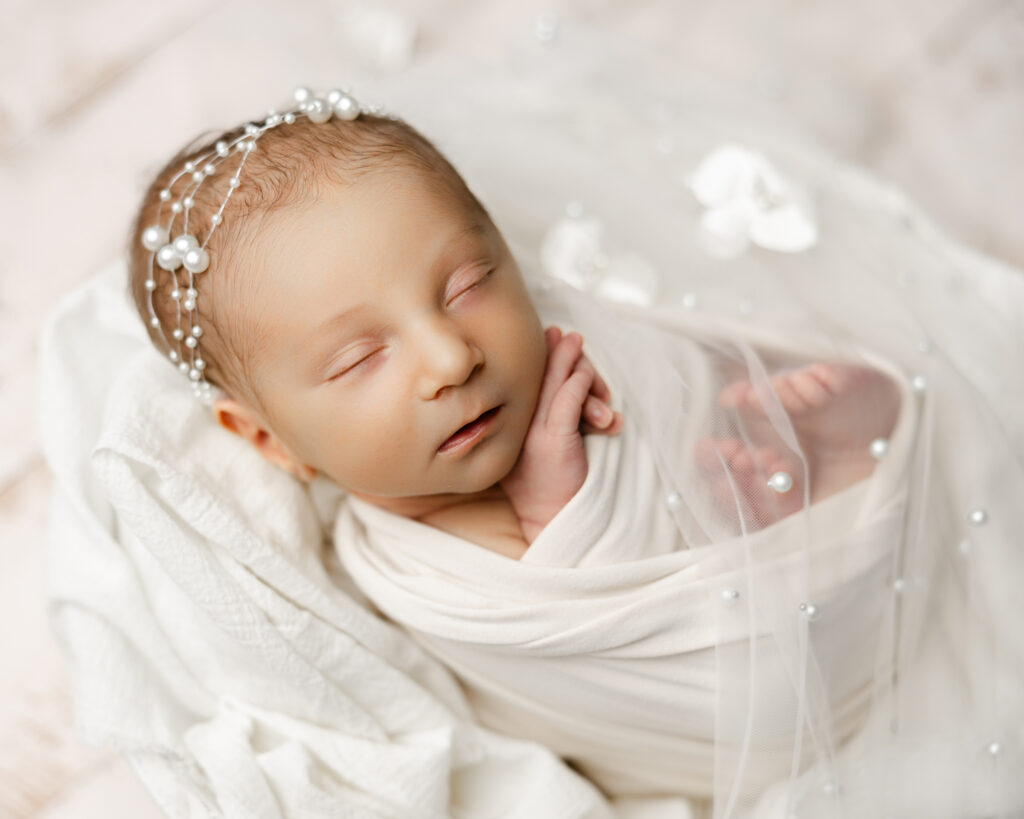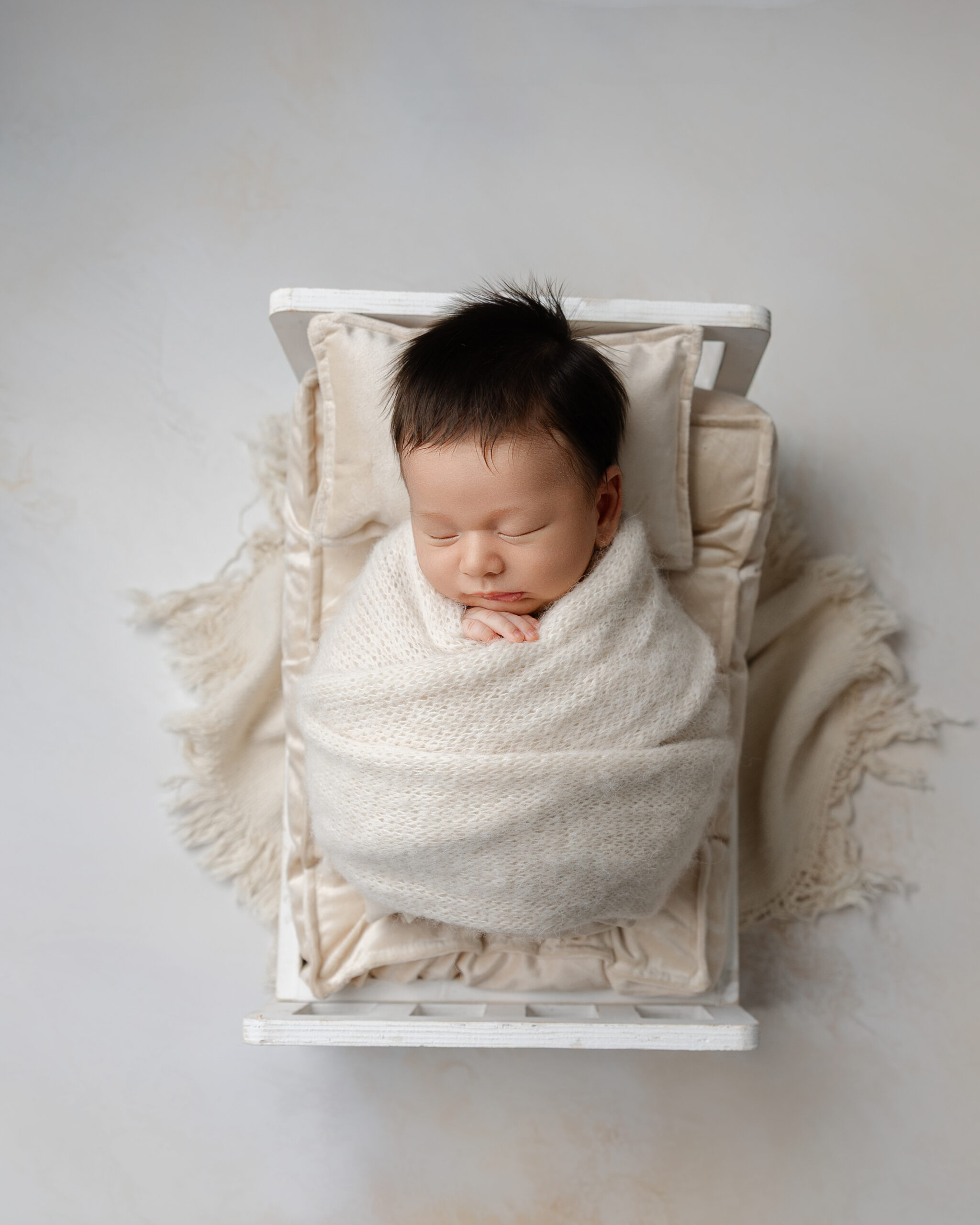When you are caring for a newborn, diapers quickly become one of the biggest parts of daily life. Between changes at 2 a.m., diaper bags for outings, and keeping track of what brand actually works best for your baby, every parent soon learns that diapers are not just a necessity, they are an investment.
For families in the Inland Empire, there are convenient diaper services available that can make life a little easier, along with research-backed advice to help you decide what type of diaper is best for your little one.

Local Diaper Services in the Inland Empire
If you love the idea of cloth but do not want to deal with constant washing, diaper services can take that load off your shoulders.
- Tidy Tushies — Based locally, this service covers Yucaipa, Redlands, Beaumont, Highland, San Bernardino, and surrounding areas. They provide pickup and delivery of fresh, clean cloth diapers right to your door. Visit their website here.
- Dy-Dee Diaper Service — Serving Southern California families since 1938, Dy-Dee delivers cloth diapers to much of the Inland Empire, including Pomona, Ontario, San Bernardino, and Rancho Cucamonga. Visit their website here.
For families facing diaper need, the Inland Empire Diaper Bank (Riverside) is a local resource offering community support and donations.

What Kind of Diapers Are “Best”? Here’s What Research Says
The truth is, there is not one perfect diaper for every baby. What matters most is fit, comfort, and frequency of changes. Here’s what pediatric research and consumer studies show:
1. Fit and Frequency Matter Most
The American Academy of Pediatrics emphasizes that keeping your baby’s skin clean and dry is more important than the brand. A snug fit with no gaps at the legs or waist helps prevent leaks and irritation. Changing frequently, especially after bowel movements, makes the biggest difference for healthy skin.
2. Do Not Skip the Barrier Cream
A thin layer of zinc oxide or petroleum jelly at each change protects skin from moisture and irritation. Many pediatricians recommend it as a standard part of newborn diapering.
3. Disposable Diapers: Convenient and Effective
Disposable diapers offer strong leak protection, especially overnight. Based on recent consumer testing, Pampers Swaddlers consistently rank high for newborns because of their softness and umbilical cord notch. Huggies Little Snugglers are another top pick, especially for preventing leaks. For sensitive skin, Hello Bello and Seventh Generation Sensitive Protection score well as fragrance-free and gentle options.
4. Cloth Diapers: Great With the Right Routine
Cloth diapers are gentle, reusable, and eco-friendly, but they do require more frequent changes to prevent diaper rash. Using a service like Tidy Tushies or Dy-Dee ensures you always have a clean supply without the extra laundry. Breathable covers and prompt changes make cloth just as effective as disposables.
5. Eco-Friendly Options: Read the Fine Print
Plant-based and chlorine-free diapers are gentler on sensitive skin and better for the planet. Bambo Nature and Eco by Naty are highly rated for their eco-conscious production. Keep in mind that “compostable” diapers usually require industrial composting facilities, which are not widely available in the Inland Empire. If you are going eco, focus on what is realistic for your lifestyle.
6. Special Note for Newborns
In the earliest weeks, look for diapers with an umbilical cord notch (or fold the front down yourself). For smaller babies, consider premie or newborn sizes to avoid leaks around the legs. Remember that in those newborn days, you will be changing diapers often, sometimes 10 to 12 times per day. More than the diaper brand, it is those regular changes that protect delicate newborn skin.
So, Which Diaper Should You Choose?
- For convenience: Pampers Swaddlers or Huggies Little Snugglers are both reliable, fragrance-free, and highly recommended for newborns.
- For eco-conscious families: Cloth with a local delivery service, or eco-friendly disposables like Bambo Nature, are sustainable choices.
- For budget-conscious parents: Store brands such as Target’s Up & Up diapers offer solid performance at a lower price point, especially when paired with barrier cream. For additional help, the Inland Empire Diaper Bank is a supportive community resource.
At the end of the day, the “best” diaper is the one that fits your baby, your budget, and your lifestyle.

From My Heart to Yours
Parenthood is full of little choices, and diapers are one of the first big ones you make every single day. Whether you go with disposables, cloth, or a mix of both, what matters most is keeping your baby happy, healthy, and close in your arms.
Here in the Inland Empire, you have options that make the journey a little easier, from local diaper services to supportive resources. And while you are figuring out what works best for your family, remember this: these newborn days are short, but they are also some of the sweetest.
If you are preparing for your little one’s arrival, I would love to help you celebrate this season. Visit my newborn blog and resource guide to learn more, and when you are ready, let’s create photographs that will remind you of these first tender months long after the diapers are gone. Explore Kaitlyn Dawn Photography and let’s create portraits you will treasure for a lifetime.
